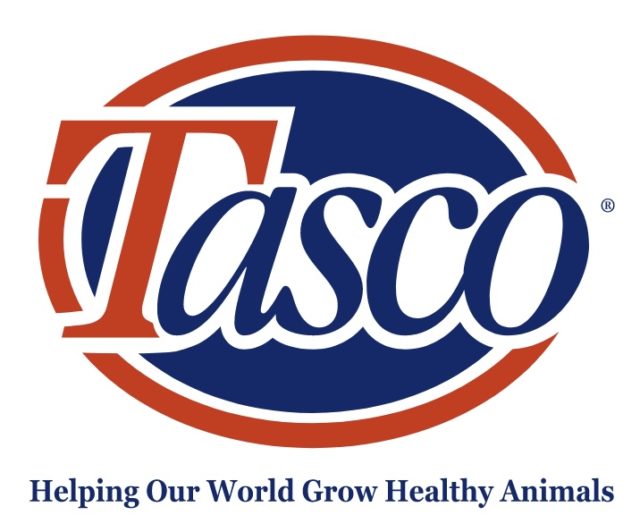2. Trans fatty acids and heart health: Is natural better?
Good news! A study by Dr. Benoit Lamarche and his team (Laval University) suggests an increase in dietary trans fatty acids from ruminants, equivalent to about 1 percent of daily energy, has no significant effect on low-density lipoprotein cholesterol in women – unlike trans fat created through the hydrogenation process of edible oils.
3. Dairy products and better bone health
Dr. David Goltzman (McGill University) investigated associations between total dairy intake, dairy protein and specific dairy foods and bone health outcomes in individuals. Dairy intake and dairy protein were associated with improved bone health outcomes in all age groups.
4. Children rehydrating with milk after exercise
A team at McMaster University led by Dr. Brian Timmons investigated the impact of consuming milk after exercising in the heat. The researchers found milk was the ideal recovery beverage for active children. It not only rehydrates, but it also provides essential nutrients, including protein.
5. Chocolate milk in schools
Dr. Carol Henry and colleagues (University of Saskatchewan) investigated and concluded that removing chocolate milk from schools led to more wasted milk, which had a negative effect on overall nutrient intakes by children and the ability to meet Canada’s Food Guide recommendations for milk products.
6. Canadian milk’s footprints
Experts at Quantis Canada and AGECO calculated the Canadian dairy farm sector’s carbon, water and land footprints. As consumers and customers care more about the environmental features of products they consume, knowing our footprints is the first step in alleviating them.
7. Fighting mastitis
The Canadian Bovine Mastitis and Milk Quality Research Network mobilized scientists from across the nation to tackle mastitis. In the process of helping producers achieve their goal of reducing somatic cell count, which leads to better-quality milk, a number of ground-breaking discoveries happened:
A new class of antibiotics was discovered, a vaccine against Staph. aureus was tested, rapid identification of CNS was investigated, the role of post-milking dip in fighting CNS bacteria was identified and more.
8. Are Canadians getting enough milk?
Dr. Susan Barr (University of British Columbia) surveyed 2,500 Canadian adults. She found 60 percent of adults don’t meet Canada’s Food Guide Recommendations for milk products, while only 40 percent of adults think they don’t meet Canada’s Food Guide for milk. The main barrier? 16 percent of Canadians think they are lactose-intolerant.
9. Cows sorting feed affects milk composition
Dr. Trevor Devries (University of Guelph) looked at the impact of cows’ feed sorting behaviours on milk composition. His team found butterfat dropped an average of 0.15 percent (from 3.95 to 3.80 percent) for every 10 percent refusal of long forage particles.
10. Improving cow comfort
For the first time, a national study was led by Dr. Anne Marie De Passillé (Agriculture and Agri-Food Canada, Agassiz) to investigate factors influencing cow comfort and longevity on dairy farms. This study was useful in developing a national assessment program for farmers to use to constantly improve animal care. PD
For the full stories and more, visit this web site.
These studies were supported through the Dairy Research Cluster (Dairy Farmers of Canada, Agriculture and Agri-Food Canada, the Canadian Dairy Commission and the Natural Sciences and Engineering Research Council of Canada).
Dairy Farmers of Canada (DFC) is the national policy, lobbying and promotional organization representing Canada’s farmers. DFC works to support sustainable dairy production; facilitate solutions to provincial/national challenges; provide credible research of dairy products on a national basis; and create innovative ways to grow the market.








